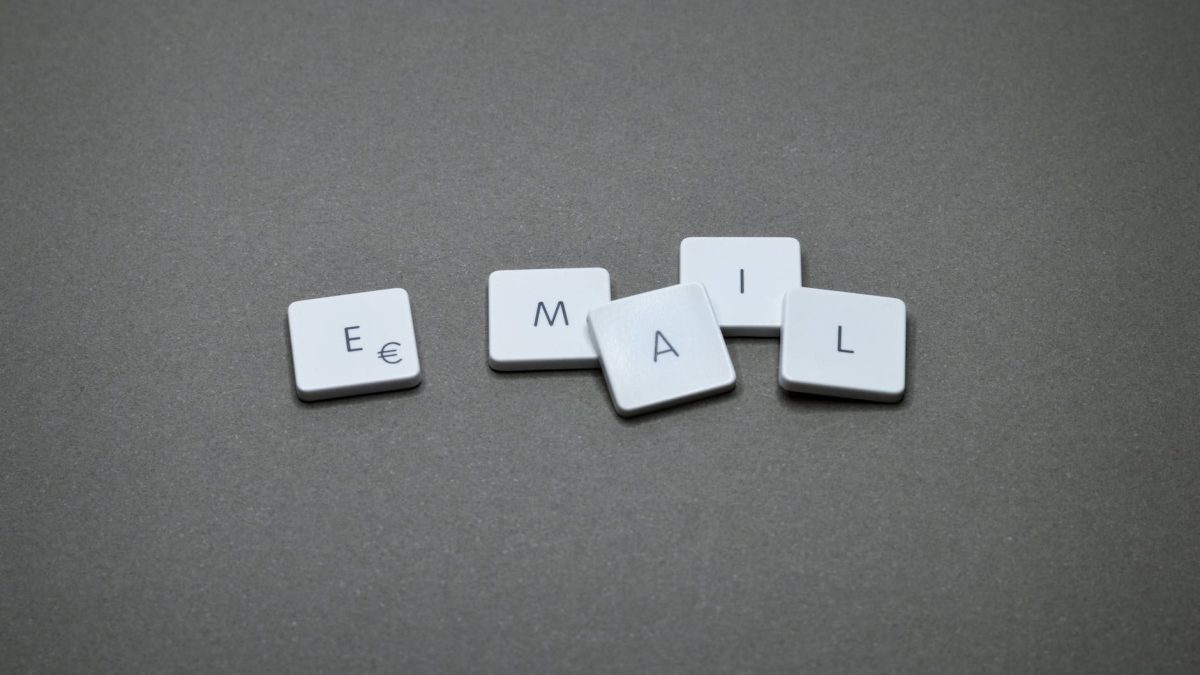There are many recommendations that we should always follow to make a quality campaign, however, and in my humble opinion, not only the theory is valid, I believe that there are particular casuistry around what we want to communicate and to whom we want to tell it, which will determine how much, when and how we should do the e-mail marketing campaign to avoid falling into spam. I am going to try to explain what we understand as spam and how easy it can be to fall into spam with your e-mail marketing campaigns.
I hope you don’t go through what happened to me… the more I study and document myself on this subject, the more complex it seems to me… keep in mind that you are dealing with people, and people are complex, where subjective motives are infinite and as my mother says “it never rains for everyone’s pleasure”. But let’s get on with it, I’m starting and I’m getting involved…
What is e-mail marketing and what is it for?
There are many ways of defining e-mail marketing, but the essential thing is that it is a form of direct marketing that uses e-mail as a means of commercial communication or to send message communications to a specific audience. E-mail marketing is only for communication and, if we communicate well, to the right people, with an interesting message and we do not saturate our contacts with constant communications, the end result is that with e-mail marketing, by making good use of it, we will succeed in building the loyalty of our contacts.
Once we are clear about what e-mail marketing is and what it is for, we must be clear that we must comply with current legislation (currently in Spain, the RGPD). In order to send commercial mailings to a user we must have their consent. If there is no permission, there is not or should not be e-mail marketing. Consent can be obtained in several ways:
On paper: This text must be printed on the coupon where the contact enters their details. This coupon should be kept in physical form or scanned to serve as proof before the AEPD in case we receive any kind of complaint.
Lead or online form: An online form must always be accompanied by the acceptance of “Terms and Conditions”. All online forms have a checkbox attached to them in which we must click to accept the terms and conditions. In these terms and conditions, we can read that we give express permission to the company to use our data for sending commercial communications. We could go on for six or seven more pages on this subject, but we’ll leave it for another time…
What is considered Spam?
Spam is not only unsolicited or unwanted bulk e-mails or SMS, it is also known as sending more frequently than the recipient expects or sending what the recipient does not expect.
For this reason, we cannot have a bible that guarantees us with one hundred percent guarantees, how to carry out our actions so as not to end up falling into spam. We can carry out a campaign fulfilling all the recommendations of good practices to carry out a good quality campaign and make a mistake in some segment of the public and completely ruin it, because if we send to a group with enough weight (amount of users) that is not interested in what you send, the mail servers, such as Gmail, Yahoo! or Outlook will detect it with their spam analysers and will put you in the “dark sack” of spam…
Therefore, this is what we consider to be good or bad communications management, good or bad management of our BB. DD. The better the management, the better our online reputation and the better the results of our e-mail marketing communications.
How to make a good e-mail marketing campaign?
My mother told me that it couldn’t be normal for me to spend all day talking to myself… but I think her concern grew when I started to answer myself… Well, this is the crazy thing you have to do to start structuring a good e-mail marketing campaign (among others). Ask yourself, ask yourself, ask yourself… and then, answer all those questions. My advice, do it out loud and write the questions on a piece of paper, argue with yourself, argue one side and defend the opposite… do this experiment, you will see how interesting it can be… there are times when you convince yourself of the opposite… seriously, it happens!!!
If you do this with a group of people and each one prepares a position and defends it, super interesting things come out.
You know I’m a big fan of examples and this time it couldn’t be any less.
Let’s suppose that you have an online shop selling “fashion shoes and accessories, of your own design” and that the New Year’s Eve celebrations are approaching (not the best example in these times of pandemic, but it can help us to understand it). That said, in this festive season, we tend to look for a good dress and its accessories, which will dazzle everyone on New Year’s Eve. So we decided to set up a campaign in order to communicate our new design of women’s shoes with their wonderful 10 cm high heels.
Beforehand, we have done a good job in getting subscribers, and we have a lot of valuable information from them: name, email address, gender, date of birth and place of residence.
Many people will tell you that asking for too much information in a questionnaire is not good. My opinion: IT IS NOT TRUE, if you need this information to be able to segment your audience properly based on the products you offer, it is what you need. It is true that it is more difficult to get users to complete the subscription process, but in this particular case, it is an online shop, so the user assumes that to make the purchase he/she must fill in a series of data that are necessary for the delivery of the purchased product.
And now is where the fun begins (I will try to simplify this analysis as much as possible so as not to get too long-winded).
Example of the analysis: Who is going to buy the wonderful high heels?
The usual answer is usually a woman, but can’t it be a man who buys them as a gift for a woman – in the case of shoes this is not the most common, as shoes are very personal and complex items… it’s not like a perfume, where another person (man or woman) can know the brand and go for it. In the case of shoes, other factors have an influence, such as the colour of the dress (so that the combination of the shoe is appropriate), the last of the shoe itself, even the multiple conditioning factors that go through the head of the person who is going to wear them… as I said, it is too complex to get into the mess of giving away shoes of these characteristics (at least the statistics reflect this).
We already have the first segmentation. We will send the communication only to women. Although there may be men who may be interested, we think that the percentage of men interested is much lower than the percentage of men not interested, so we have decided to sacrifice this lower percentage to avoid the spam that could cause us the group of men not interested. Which segment of women would be the most appropriate? – 30 to 55 year olds
Couldn’t women aged 18 to 30 (who also attend New Year’s Eve parties) be targeted? Yes, of course they can be targeted, but we are trying to focus our targeting as much as possible to avoid spam at all costs, as we launch many e-mail marketing campaigns throughout the year and we cannot afford to saturate. Therefore, we decided to sacrifice women aged 18 to 30 because we found in our statistics that this segment of women, as a general rule, buy other types of footwear.
What about women aged 55 and over? Of course they could be objective, but as in the previous case, we see that a high percentage of women in this segment prioritise comfort over design, and in our databases, the statistics show that the answers from this segment are not very suitable for this type of shoes.
All this that I am telling you are not “engraved on fire” truths, as it depends a lot on our databases and the statistics that we obtain based on our experience (in this case of an online shop). What I want you to understand is that it is necessary to ask and ask and ask… it is the only way to start getting answers.
I forgot, and not less important. Once the campaign has been carried out, and as we do not have the absolute truth, you must measure, analyse and contrast the data with the advertising campaign that you have carried out in parallel, in order to optimise your database (eliminate users who have not opened your emails for a long time, the hard bounces, that is to say, the failed emails that will never stop being emails. This would be enough for another post, but the important thing is that you understand that this should help you to improve the resources you have (DB) so that the next campaign is even more efficient.







